
Plantar fasciitis is the term commonly used to refer to heel and arch pain traced to an inflammation on the bottom of the foot.
There are several conditions that can cause plantar heel pain (in one or both heels); including plantar fasciitis, stress fracture of the heel bone (calcaneus), tear of the plantar fascia and bruising of the fat pad. This gradually causes inflammation. A range of foot injuries or improper mechanics can lead to this and over-pronation is the most common cause.
Specifically, it is an inflammation of the connective tissue, called plantar fascia, that stretches from the base of the toes, across the arch of the foot, to the point at which it inserts into the heel bone. As the foot rolls inward excessively when walking, it flattens, lengthens the arch and puts added tension on the plantar fascia.
Heel spur syndrome is another condition that occurs when the plantar tendon pulls at its attachment to the heel bone, causing growths on the underside, forepart of the heel bone. This area later calcifies to form a spur. In persistent cases, proper warm-up before exercise, using appropriate athletic shoes can also alleviate ligament strain and prevent heel spurs.

The condition is often successfully treated with conservative measures, such as the use of anti-inflammatory medications, icing, foot stretching exercises, physical therapy and custom orthotic device prescriptions to correct the foot position, reducing pain.
We see people with heel pain at our clinic every week. Don’t put up with disabling heel pain – we have a wide range of solutions to rapidly improve your lifestyle.
Our team will help diagnose and discuss with you the most cost effective option(s) for your individual condition and situation. We often use two types of orthotic insoles to treat and prevent foot pain:
Our custom-made prescription foot orthoses are manufactured from a digital 3D foot scan taken of both your feet. Orders are sent to premium orthotic manufacturing labs in Australia or Hong Kong for strict clinical quality production.
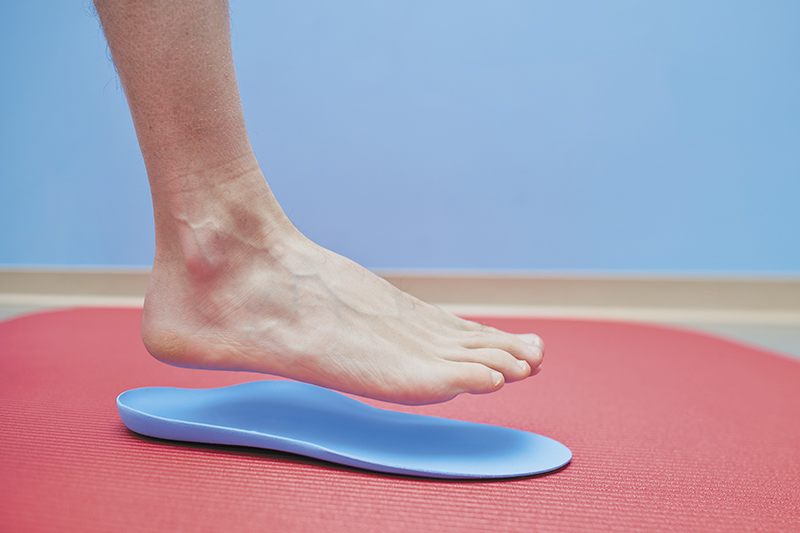
We often use two types of orthotic insoles to treat foot pain:
Our custom-made foot orthoses are prescribed and manufactured from a digital 3D foot scan taken of your feet.
Orders are sent to premium orthotic manufacturing labs in Australia or Hong Kong.
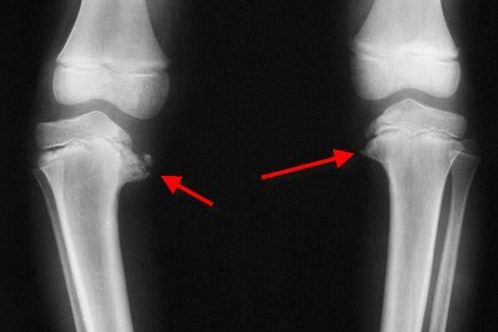
Blount’s Disease (BD) refers to a growth disorder of the shin bone (tibia) that causes the lower leg to angle inward.
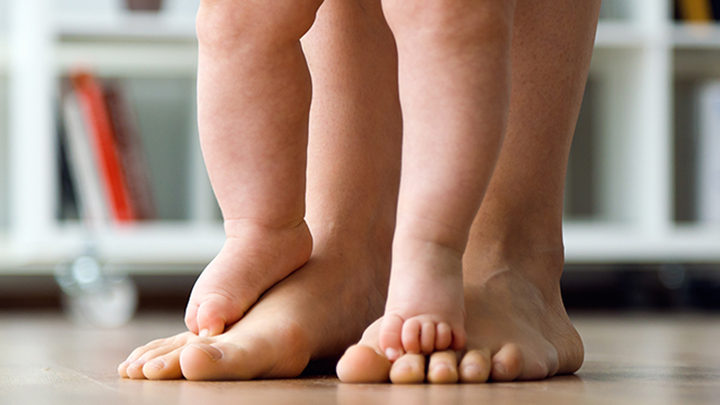
It is most common in children under age two who are developing posture and balance, and may involve one or both feet.
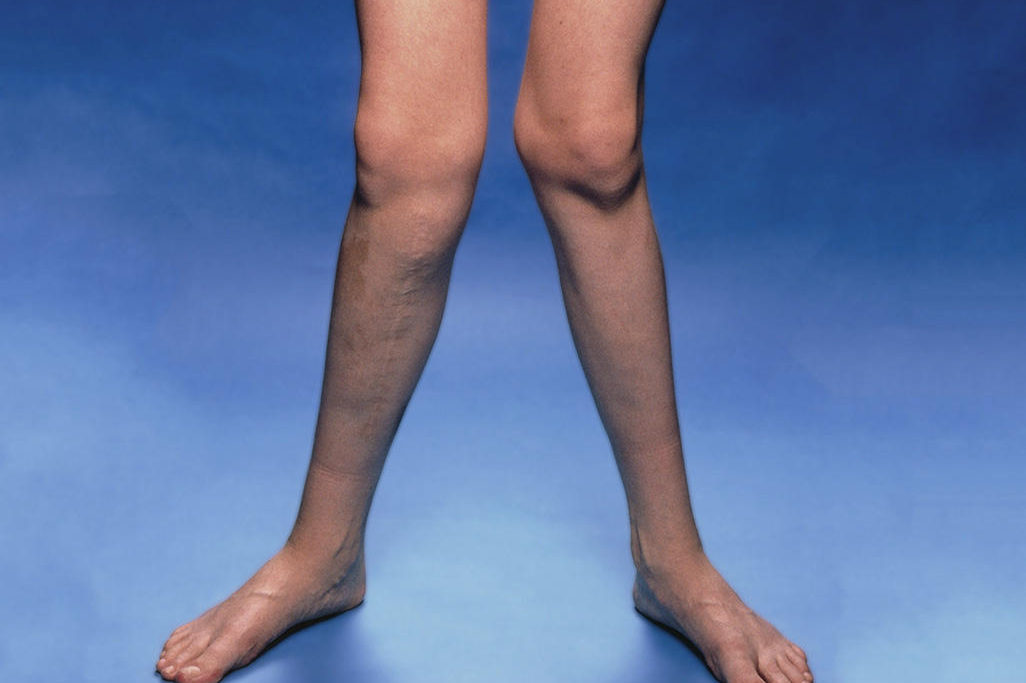
A condition where the knees angle in and touch one another when legs are stretched and straightened.
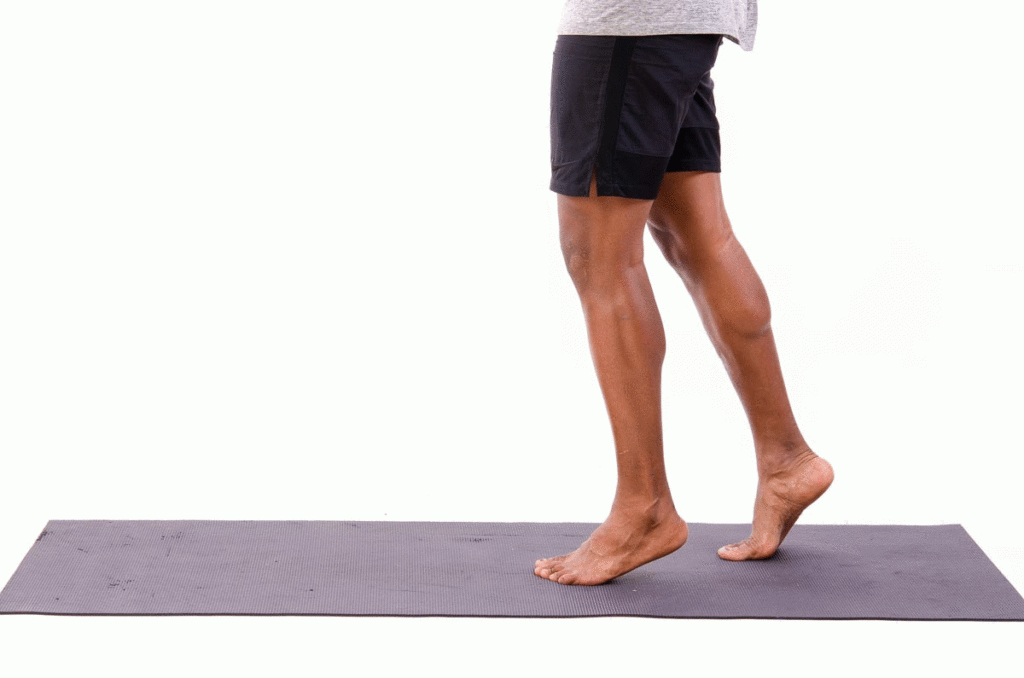
It is a type of gait abnormality in which a child loses the right contact with the ground, commonly seen in toddlers.